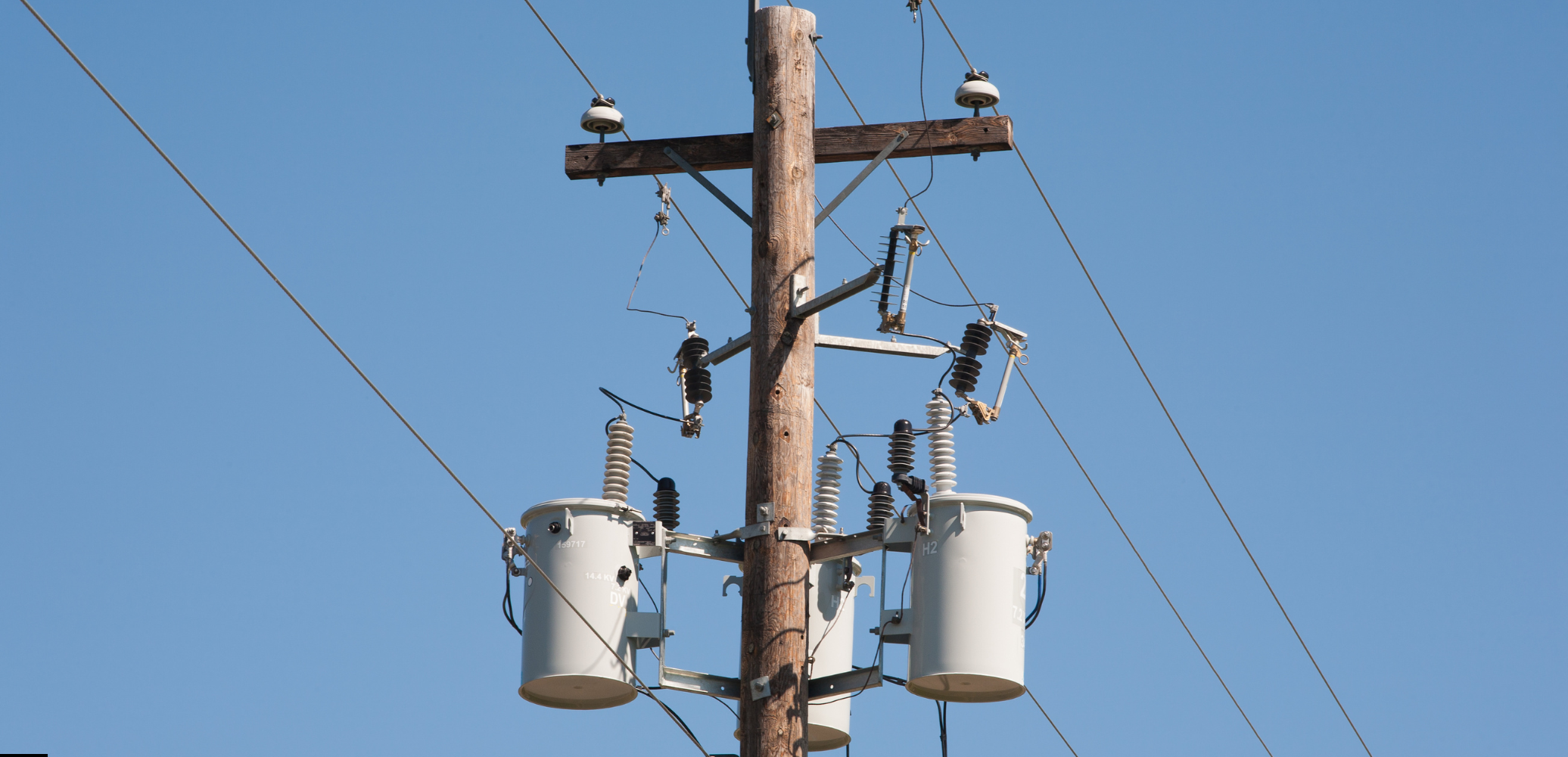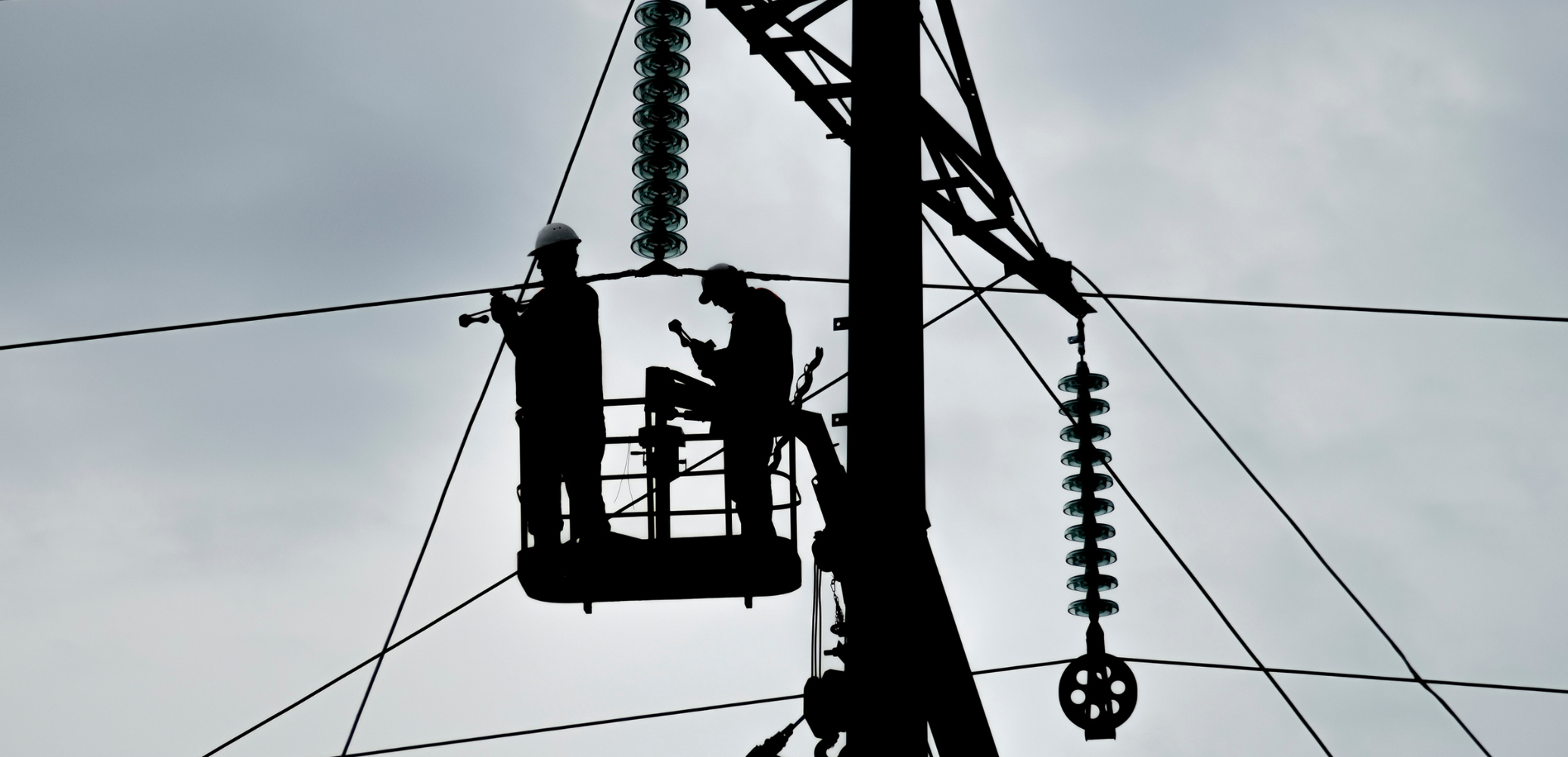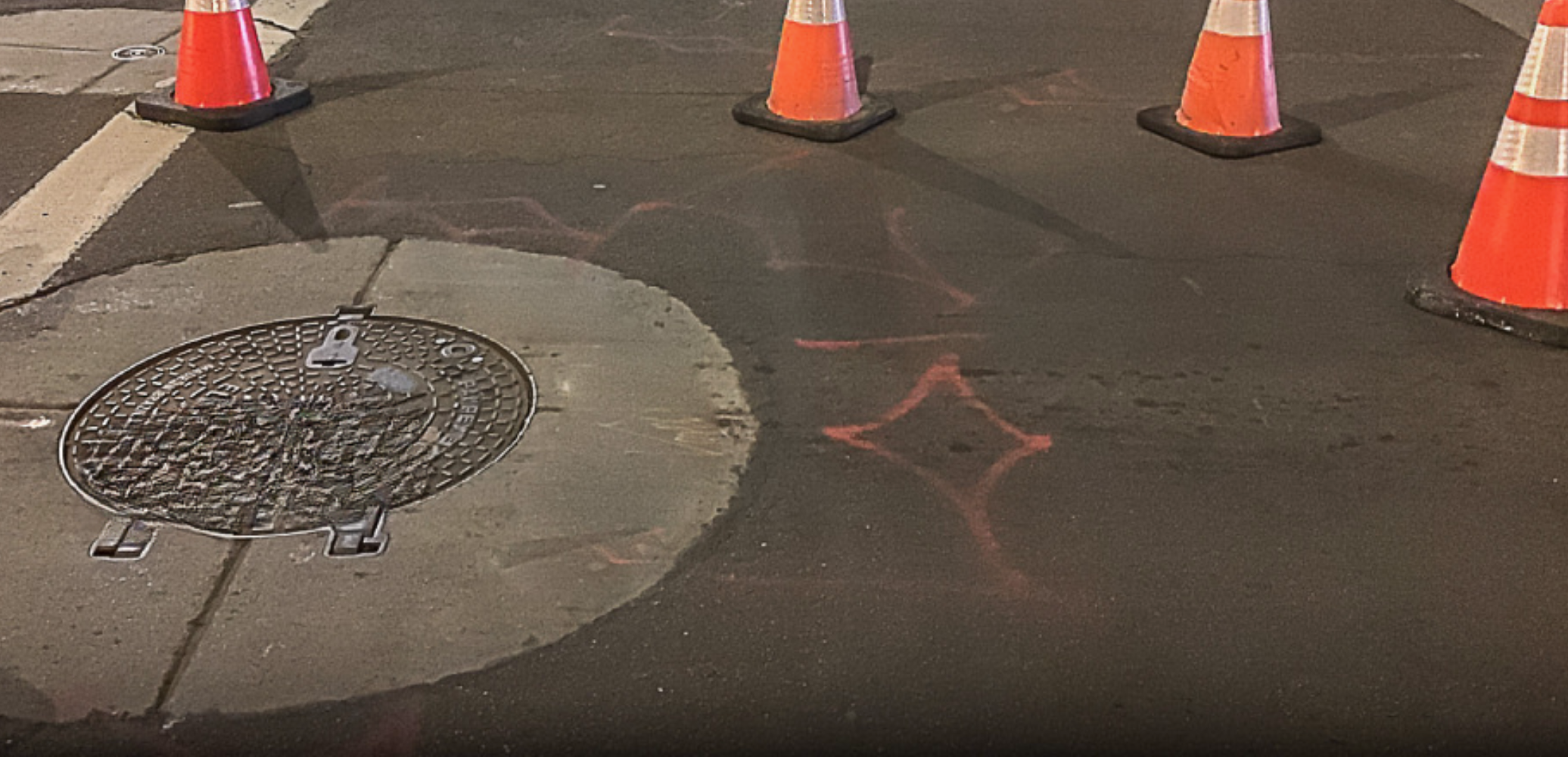
The utility grid is getting more complex, not simpler. Distributed generation, aging infrastructure and rising customer expectations are creating pressure at every level of the system. In that environment, field inspections are not a formality. They are the first line of defense against failures that utilities cannot afford.
Most utilities understand that inspections are important. The harder question is whether they are being done well. A poorly executed inspection program creates the illusion of diligence without delivering the insight needed to make real decisions. Good field inspection work requires more than checking boxes. It requires technical fluency, field experience and the judgment to know what matters.
The Cost of Not Knowing
Infrastructure does not fail randomly. It fails predictably. Equipment reaches end of life. Connections degrade. Load profiles change. Environmental stresses accumulate. The question is whether utilities will identify these conditions proactively or reactively.
Reactive identification is expensive. Emergency repairs cost more than planned maintenance. Unplanned outages erode customer trust. Regulatory scrutiny increases. Every failure that could have been prevented becomes a missed opportunity to manage risk before it materialized.
Field inspections exist to close that gap. They create visibility into asset conditions before those conditions create consequences. But only if the inspections are thorough, accurate and grounded in real understanding of what the equipment is supposed to do.
What Separates Good Inspections from Bad Ones
The difference between effective and ineffective field inspections comes down to three things: who is doing the work, what they are looking for and how the data gets used.
First, the people matter. Utilities that send underqualified personnel into the field get incomplete information. Effective inspections require people who understand the system. That often means journeyman linemen or field technicians with years of experience. They know what normal looks like. They can distinguish between a cosmetic issue and a developing problem. They understand constructability, which means they can identify whether an installation was done correctly in the first place.
Second, the scope matters. Surface-level visual checks are better than nothing, but they miss a lot. Advanced techniques like infrared imaging can detect thermal anomalies that indicate failing connections or overloaded circuits. GIS data collection ensures that asset records reflect reality. Constructibility reviews catch design issues before they become field problems. A comprehensive inspection program addresses the full spectrum of failure modes, not just the obvious ones.
Third, the data matters. Inspections generate information, but information only has value if it leads to action. That means accurate documentation, clear reporting and integration with asset management systems. It also means using standardized naming conventions and location accuracy so the data can be retrieved and used later. Utilities that treat inspection data as a compliance artifact rather than a decision-making tool are wasting the effort.
What Utilities Should Expect
A well-designed field inspection program should deliver several outcomes. It should identify safety hazards before they harm workers or the public. It should provide accurate asset condition data that supports maintenance planning and capital investment decisions. It should verify that designs were executed correctly and that new installations meet standards. It should generate documentation that satisfies regulatory requirements without creating unnecessary overhead.
It should also be efficient. Utilities cannot afford to shut down circuits or deploy crews for inspections that do not add value. Good inspection work minimizes disruption while maximizing insight. That requires planning, coordination and respect for operational constraints.
Most importantly, it should reduce uncertainty. Utilities operate in an environment where risk is unavoidable, but uncertainty is not. Field inspections turn unknowns into knowns. They create the foundation for informed decisions about where to allocate resources, what to repair first and when to replace rather than maintain.
What Integrity Brings to the Field
Integrity performs field inspections with crews who have spent years working in utility operations. Our inspectors are journeyman linemen and field professionals who understand the system from the inside. They know how distribution and transmission equipment is supposed to perform, and they recognize when it does not.
Our work includes comprehensive assessments across overhead, underground and equipment inspections. We use advanced methods like infrared imaging and LiDAR when conditions call for it. We document findings with precision, ensuring that GIS data, photos and as-built reconciliations are accurate and usable. Every inspection is designed to meet both operational and regulatory requirements without creating unnecessary complexity.
The goal is not just to complete inspections. It is to provide utilities with actionable intelligence that improves decision-making, reduces risk and supports long-term asset management.
Looking Forward
Field inspections will remain a critical part of utility operations for the foreseeable future. The equipment is too valuable, the consequences of failure too significant and the regulatory expectations too high for utilities to rely on reactive approaches.
But the quality of inspection work varies widely. Utilities that invest in thorough, technically sound inspections gain visibility and control. Those that treat inspections as a compliance exercise often discover problems too late.
The question is not whether to inspect. It is whether to do it in a way that actually reduces risk.




%20Blog%2010%20-%20Designing%20for%20Growth.avif)
